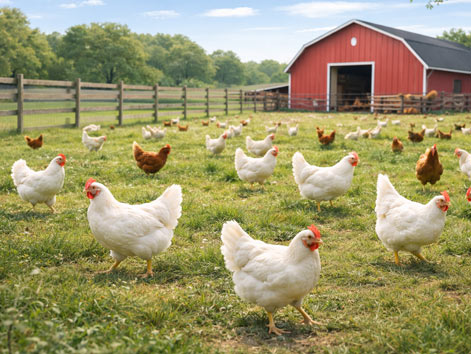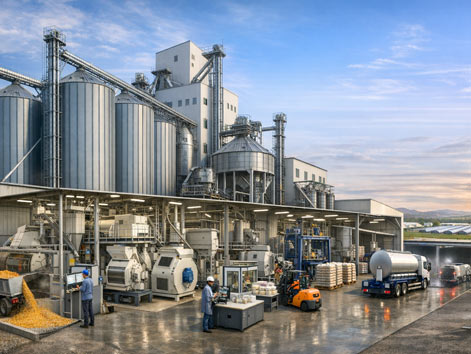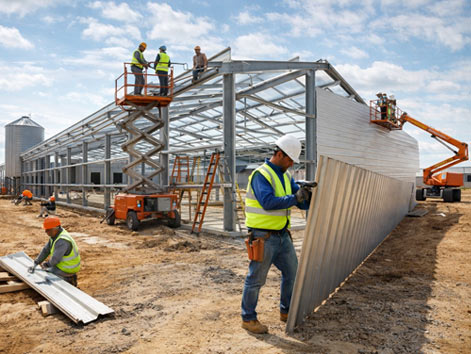Articles
How to design your chicken farm to face tropical storms
By Stanley Kaye
Climate change can worsen the intensity of tropical storms, such as hurricanes and typhoons, in several ways, including by making record rainfall more likely and by causing sea levels to rise, which can raise the risk of storm surges.
Heavy rain and violent wind caused by extreme tropical storms or weather conditions are not only dangerous for people and business, but also to poultry farms and production. This creates a need of farmers to plan ahead to protect themselves.

When planning a new farm there are some essential points that should be taken into consideration:
- Farm position – When the farm is still on the drawing board you should examine whether the land liable to flooding? The best thing is to check the history of the land over as many years past as possible. One disastrous flood can have terrible consequences.
- Access roads – examine all roads leading to the farm and assure that they are reliable to blockage. If not, you should consider the size of feed and gas storage to design, to have enough for worst case scanarios.
- Landslides – Check the area above the farm carefully. Consider if this is a good position to build a farm.
- Infrastructure – The farm’s infrastructure, earthworks, foundations, concrete floors etc. is tested to the extreme in a storm. Ensure that it is up to the job. The planning of the infrastructure should consider all factors including type of soil (should be tested), building design and meteorological and seismological challenges the buildings are likely to face (over a period of decades). Do not use standard plans – in that case you will either be wasting money, over investing or perhaps worse, not providing strong enough foundations for the sheds.
- Building design – The building has to be designed according to the local building code to be able to stand up to wind load, snow load and seismological (earth-quakes).
In any case it is highly recommended to work with a poultry shed company that has an in-house engineering department. At Agrotop one of the first questions we ask any customer is where will the project be located and what are the wind and snow loads it needs to be designed for. It is amazing how many times people have told us that nobody before has asked them for this information.
Engineering design is a serious subject. Just like most people do not look for a cheap heart surgeon or a cheap lawyer, it is highly recommended that the first question, when purchasing a project, should be “how is it designed” rather than how much does it cost.
—
The writer is a business development consultant at Agrotop.



